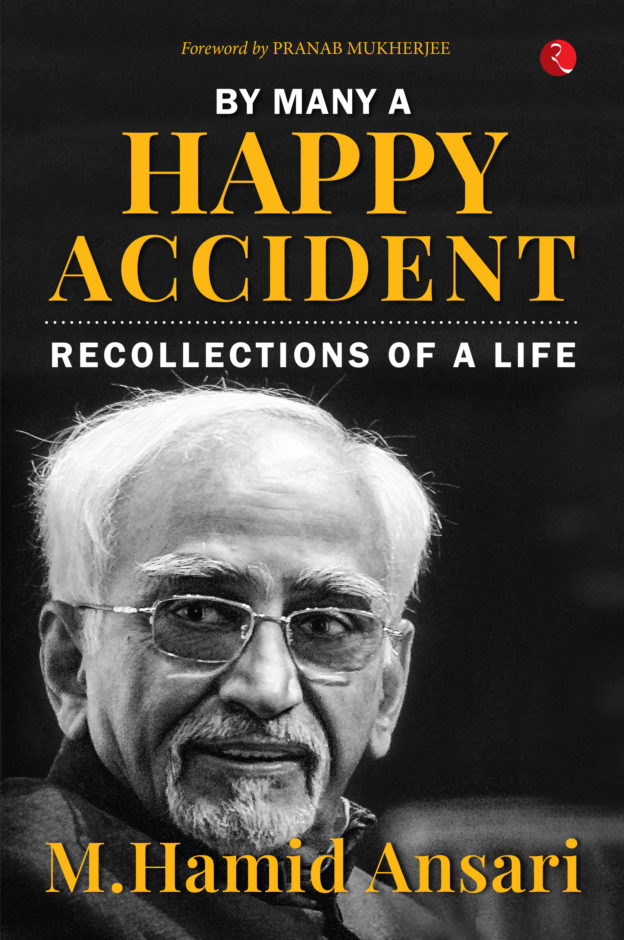History of the Chaitanya Faith in Orissa
no information available
Vishambhar Misra famously known as Chaitanya Mahaprabhu (c.14861534) led one of the most pioneering movements within the Vaishnava tradition in medieval India which influenced many of the famous modern Hindu mystics including Ramakrishna Paramahansa and certain modernday world famous Hindu mystical organizations like ISCKON. This book deals with Chaitanya Mahaprabhu’s life and his version of Vaishnavaite mysticism in Orissa (presently Odisha). The author in the first part deals with the sources attributed to the Vaishnava saint written in Bengali Odia and Sanskrit during medieval and early modern periods. These include his biographies and mystical compositions dedicated to Lord Krishna composed by his followers. The second part deals with the religiosity and asceticism of the said saint and how it is different from the traditional Vaishnavism practiced in medieval Orissa. The final part of this book deals with the impact of Mahaprabhu on the history of medieval Orissa and his movement prevalent in modern times. This book is highly recommended to those who are interested in researching the history of Vaishnavism in medieval times the history of Eastern India and the study of Hinduism in general. About the Author Prabhat Mukherjee was a retired Reader at the Department of History Utkal University Bhubaneshwar. He wrote books primarily on the history of the Orissan region notably History of Medieval Vaishnavism in Orissa (1940) History of the Gajpati Kings of Orissa (1953) History of the Freedom Movement in Orissa Vol. II (1957) The Buddhist Remains in Orissa (1961) History of Orissa in the 19th Century (1964) and The History of the Jagannath Temple in the 19th Century (1977).
... Read more Read less










